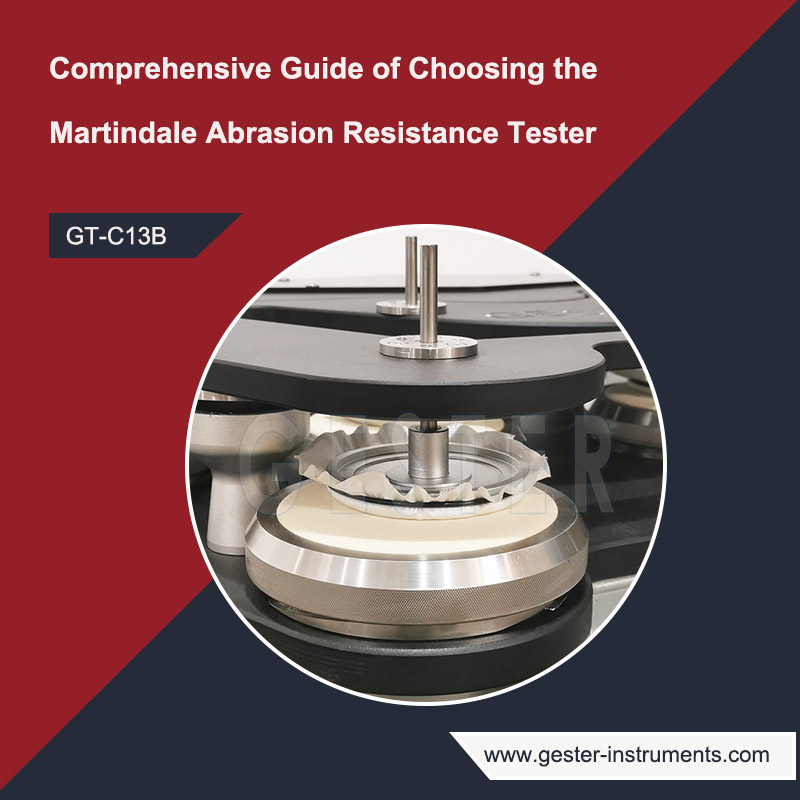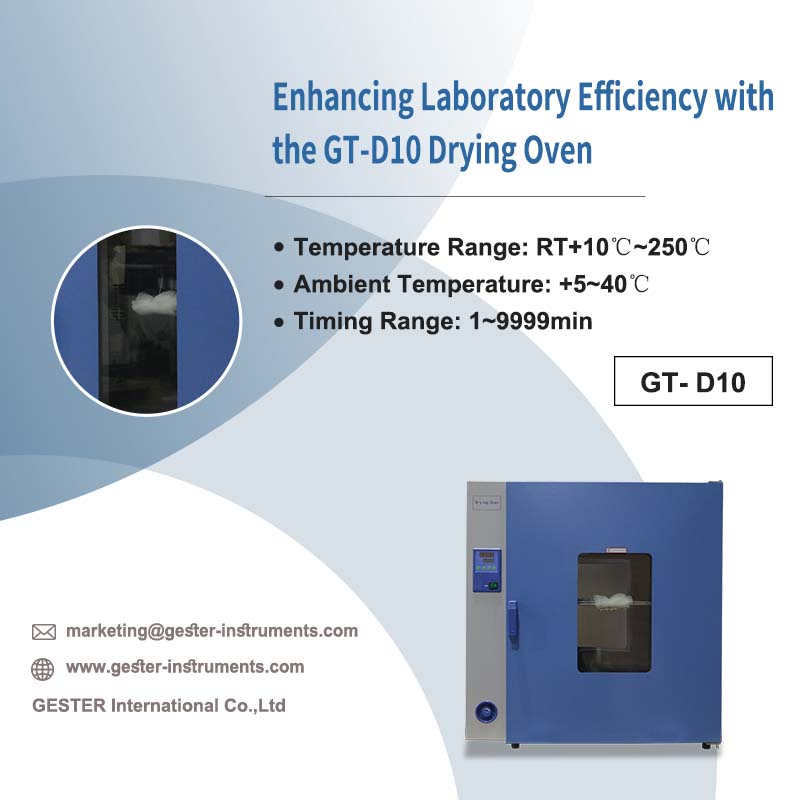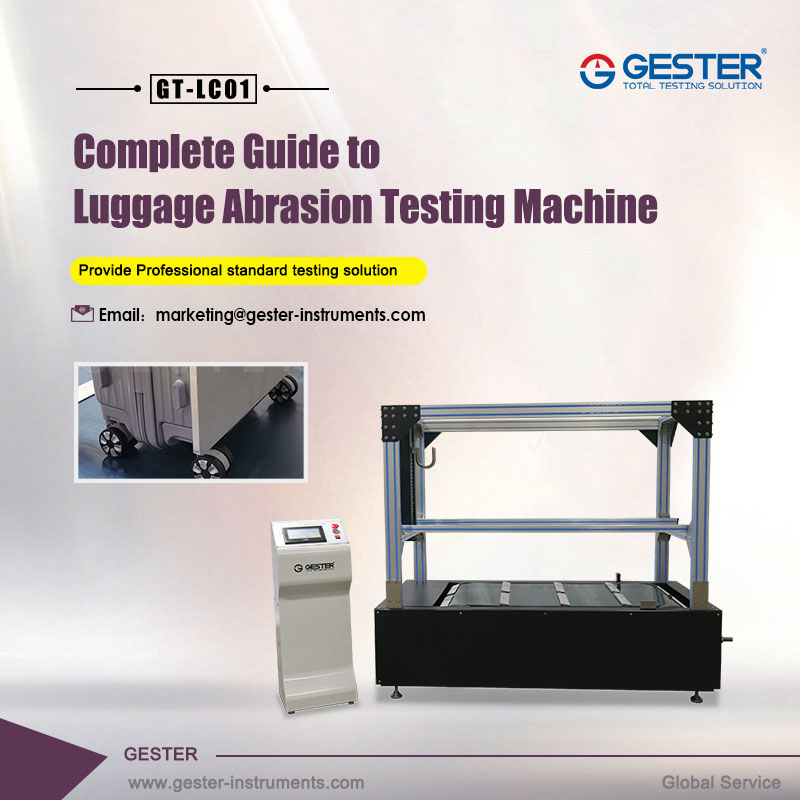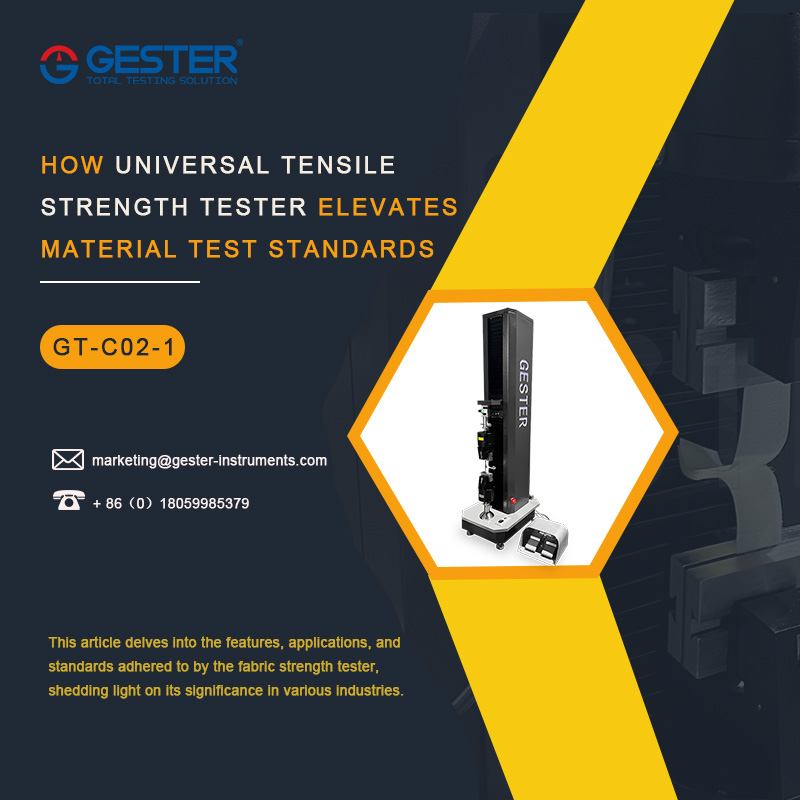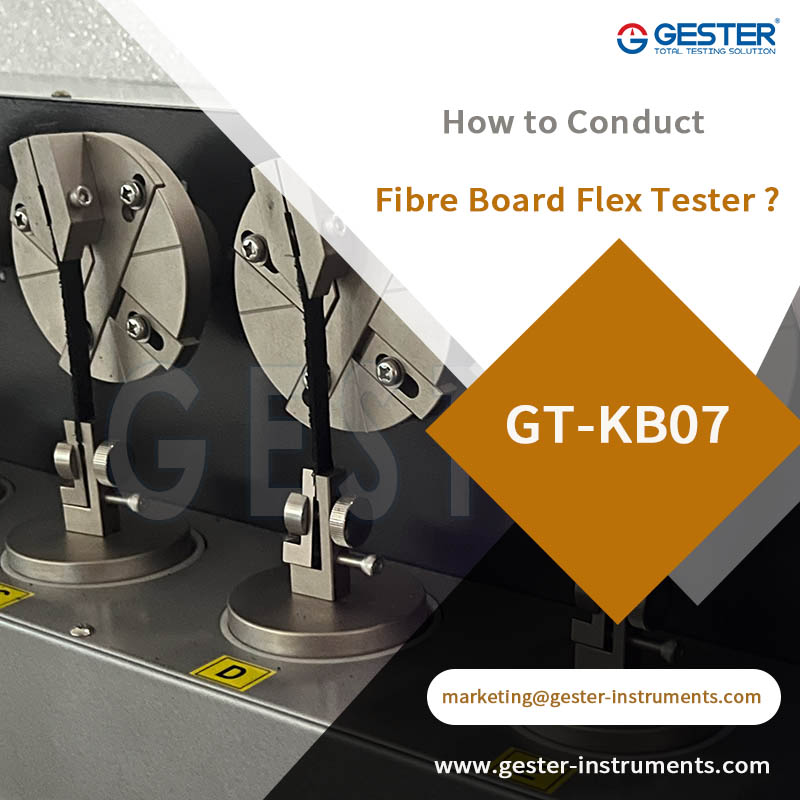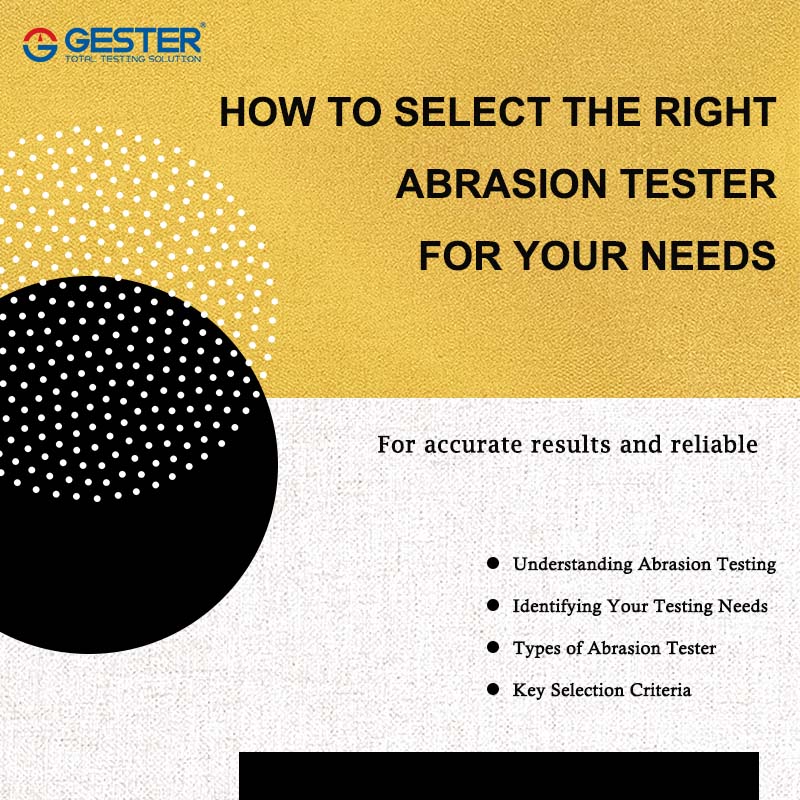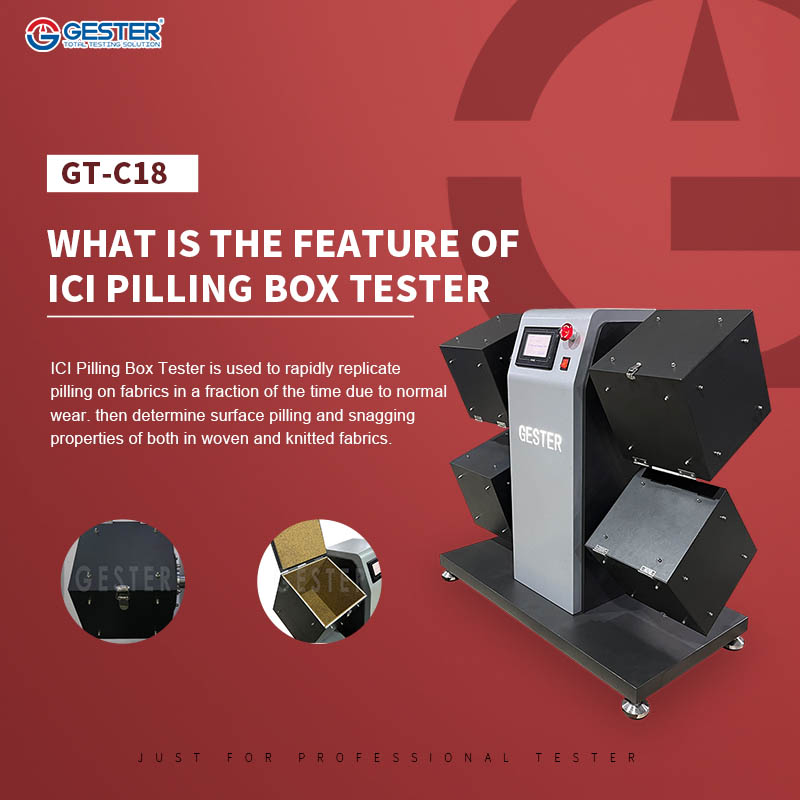How Universal Tensile Strength Tester GT-C02-1 Elevates Material Testing Standards
January 15, 2024
How Universal Tensile Strength Tester GT-C02-1 Elevates Material Testing Standards Introduction: In the realm of material testing, the Universal Tensile Strength Tester (Single Column) GT-C02-1 emerges as a pinnacle of precision and versatility. Designed to conduct a myriad of tests ranging from tensile and compression to bending, shearing, and more, this apparatus stands as a cornerstone in quality control, receiving inspection, physical testing, mechanics research, and material development. This article delves into the features, applications, and standards adhered to by the fabric strength tester, shedding light on its significance in various industries. I. Application Diversity: The fabric strength tester finds its application in an extensive array of industries, including rubber, plastic, leather, metal, textile, paper, aviation, construction, petrochemicals, electronics, and automotive. Its versatility makes it an indispensable tool for conducting tests related to bonding strength, peeling, tearing, and other crucial parameters. II. Stringent Standards Adherence: To ensure the reliability and accuracy of its results, the fabric tensile strength tester complies with a plethora of international standards. These include ISO, BS, M&S, JIS, and ASTM standards, covering a wide spectrum of testing requirements. The adherence to such standards positions the fabric tensile testing machine as a reliable benchmark in the field of material testing. Standards: ISO13934-1,13934-2,13935-1,13935-2,13936-1,13936-2,13936-3, 13937-2,13937-3,13937-4,1421, 2411, 2062, 4674-1,5082, 9073.3, 9073.4, 9073.18, BS 2543, 2576, 3320, 3424, 4303, M&S P11, P12, P13, P14, JIS L1096, ASTM D 434, D751, D885, D1683, D2256, D2261, D2724, D2731, D3787, D4034, D4964, D5034, D5035, D5587, D5733, D5735. III. Advanced Technological Features: Precision in Motion: The fabric strength testing machine adopts a PANASONIC AC servo drive system, Taiwan SESAME reducer, synchronous pulley, and TBI precision ball screw components. This amalgamation ensures smooth and precise movement of the instrument beam with low noise, setting a new standard for accuracy in extension. Durable Construction: The machine's aluminum column shell, coupled with high-temperature solidify injection, guarantees longevity. The surface treatment ensures resistance to fading, even under challenging conditions. Comprehensive Protection Measures: The fabric strength testing equipment incorporates various protection measures, including limit cams for the beam, clamp touch avoidance, software-based protection on displacement and load, overload protection for sensors, and software protection for sample loads. These measures collectively enhance safety and reliability during machine operation. Real-time Supervision: The inclusion of real-time supervision of main parts adds an extra layer of safety and reliability to the textile tensile testing machine, ensuring optimal performance during testing. Open System Functi...
View More
